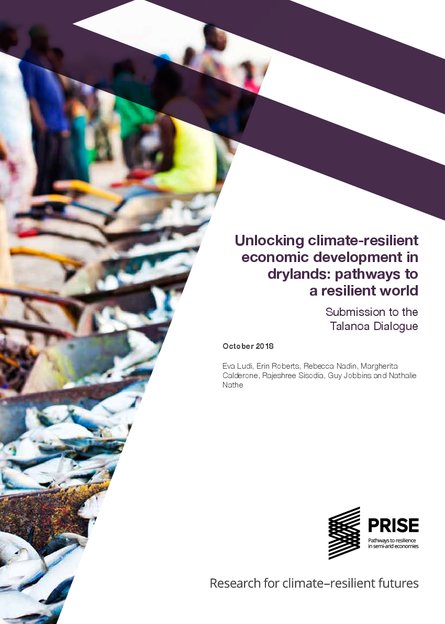
Alongside the global temperature goals of limiting global average warming to well below 2°C, and to make concerted efforts to limit warming to below 1.5°C, the Paris Agreement aims to collectively enhance adaptation, build resilience to climate change, promote low carbon development and ensure that finance flows are provided to support these efforts. A global goal on adaptation to enhance adaptive capacity, strengthen resilience and reduce vulnerability to climate change was also established.
Since 2015, focus has shifted to implementation and 2018 is a landmark year for climate action. The United Nations Framework Convention on Climate Change (UNFCCC) Talanoa Dialogue provides a collaborative space to discuss how to increase mitigation ambition urgently to go further, faster, together. We know that the more mitigation we collectively do today, the less adaptation will be needed tomorrow. Adapting to an above 3°C world – the average global warming to which current emission reduction pledges translate – will put an enormous burden on developing countries, resulting in significant residual losses and damages.
In this submission to the Talanoa Dialogue, PRISE puts forward the view that, alongside discussions on increasing global mitigation ambition, the Talanoa Dialogue should also focus on enhancing adaptation and building resilience worldwide, while supporting economic transformation that is climate resilient. For this to happen, global solidarity on adaptation and resilience-building must extend beyond the UNFCCC and the Paris Agreement to other global processes, including Sustainable Development Goals, and economic and trade agreements.
The submission adds that if policy- and decision-makers at the international and national level see the opportunities that drylands have to offer, ensure resilient value chains of produce rooted in drylands, support migration as a resilience-building strategy, take an integrated approach to adaptation and development planning, and work with the private sector, we can collectively progress towards enhancing adaptation and building resilience worldwide.
